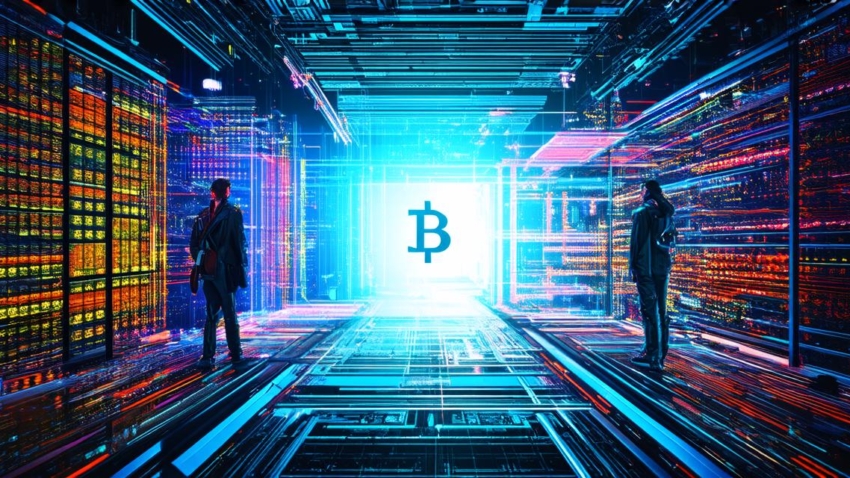
Does an NFT have real monetary value
Introduction:
NFTs, or non-fungible tokens, have been gaining popularity in recent years as a way to monetize digital assets and create unique, one-of-a-kind items. However, there is still some debate surrounding the true value of NFTs and whether they are worth investing in. In this article, we will explore the various factors that contribute to the value of NFTs and debunk some common misconceptions about their worth.
What are NFTs?
Before we dive into the value of NFTs, let’s first define what they are. NFTs are unique digital assets that are stored on a blockchain, which provides transparency and security for the ownership and transfer of these assets. NFTs can represent anything from art to collectibles, real estate, and even domain names. The key feature of an NFT is that it is non-fungible, meaning it cannot be replaced by any other asset.
The Value of NFTs:
There are several factors that contribute to the value of NFTs, including:
-
Scarcity: One of the main drivers of NFT value is scarcity. Because each NFT is unique and cannot be replicated, there is only a limited supply of them available. This makes them highly sought after by collectors and investors who want to own one-of-a-kind items.
-
Utility: Another factor that contributes to the value of NFTs is their utility. Many NFTs have practical applications, such as providing access to exclusive content or events, or enabling ownership and trading of unique digital assets. This utility can drive demand for NFTs and increase their value.
-
Market demand: The market demand for NFTs can also affect their value. As more people become aware of the potential benefits of owning an NFT, demand for them is likely to increase, driving up their value.
-
Rarity: Rarity is another factor that contributes to the value of NFTs. Some NFTs are extremely rare and highly sought after by collectors, which can drive up their value.
Debunking Common Misconceptions:

Despite these factors, there are still some misconceptions about the value of NFTs. Here are a few common ones:
-
NFTs are only valuable to gamers and collectors: While it’s true that many NFTs were initially created for the gaming and collectibles markets, this is not the only market for NFTs. In fact, NFTs have been adopted by a wide range of industries, including art, real estate, and even finance. This means that the value of NFTs can come from a variety of sources, not just gamers and collectors.
-
NFTs are only valuable if they are rare: While rarity can certainly contribute to the value of an NFT, it is not the only factor. The utility and practical applications of an NFT can also drive demand and increase its value, even if it is not particularly rare.
-
NFTs are only valuable if they are stored on a popular blockchain: While many NFTs are currently stored on popular blockchains like Ethereum, this is not the only option. There are other blockchain platforms that are specifically designed for NFTs, such as Flow and Polkadot. This means that the value of an NFT can depend on the specific platform it is stored on, not just its popularity.
-
NFTs are only valuable if they have a high transaction volume: While transaction volume can certainly contribute to the value of an NFT, it is not the only factor. The utility and practical applications of an NFT can also drive demand and increase its value, even if it has low transaction volume.
Real-Life Examples:
To illustrate the potential value of NFTs, let’s look at a few real-life examples:
-
Beeple’s Everydays: The First 5000 Days: In 2021, artist Mike Winkelmann, also known as Beeple, sold an NFT representing his artwork “Everydays: The First 5000 Days” for a record-breaking $69 million. This highlights the potential value of NFTs in the art market and demonstrates how their rarity and utility can contribute to their worth.







